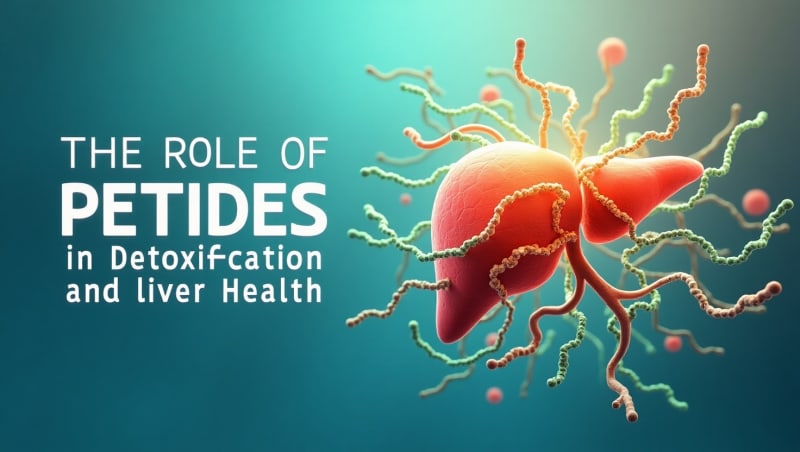Peptides are short chains of amino acids that act as signaling molecules in the human body, influencing a wide range of physiological processes including hormone production, tissue repair, inflammation regulation, and cellular communication. In laboratory research focused on athletic performance, specific peptides such as BPC-157, TB-500, and CJC-1295 have demonstrated compelling outcomes in endurance, recovery, and muscular resilience.
Through interaction with receptors at the cellular level, these compounds stimulate the release of growth hormone, enhance collagen synthesis, promote angiogenesis, and accelerate the regeneration of damaged tissue. Researchers studying peptides for sale have increasingly focused on these properties to understand how the body adapts to and recovers from high-intensity physical activity.
In preclinical models, peptides have shown the ability to increase time to exhaustion, improve oxygen delivery to muscle tissue, and enhance the body’s resistance to stress-induced fatigue. For instance, TB-500 (Thymosin Beta-4) promotes the formation of new blood vessels, improving capillary density and oxygen supply to working muscles. Meanwhile, CJC-1295 with DAC facilitates sustained growth hormone release, leading to improved recovery rates and lean tissue development.
These effects are magnified in studies simulating prolonged endurance training or high-repetition resistance protocols. Improved mitochondrial efficiency and faster muscle repair are commonly observed endpoints. To support such findings, research groups regularly get high-quality peptides online for controlled studies into fatigue mitigation and stamina enhancement.
Peptides also play a central role in managing inflammation and reducing muscle breakdown, both critical for athletes and researchers evaluating recovery kinetics. BPC-157, derived from a protein found in the gastric system, accelerates the healing of muscle, tendon, and ligament tissue without interfering with systemic hormonal pathways. Its regenerative capabilities stem from increased fibroblast migration, angiogenesis, and nitric oxide modulation.
In rodent models, BPC-157-treated subjects recovered significantly faster from tendon rupture and muscle trauma than controls. These findings highlight its potential application in post-exertion recovery strategies. When examining peptides vs SARMs, peptides offer a unique advantage by enhancing repair without activating androgen receptors, thus maintaining natural hormone balance.
Experimental trials also show that certain peptides modulate cortisol levels and improve central nervous system resilience, indirectly boosting endurance performance. For example, Epitalon has been studied for its anti-aging and mitochondrial support properties, which contribute to improved recovery and oxidative efficiency. This is particularly relevant for long-duration sports or repeated high-output efforts.
In addition, GH-releasing peptides (like GHRP-6) aid in maintaining a favorable anabolic-to-catabolic ratio, supporting lean mass preservation during energy-depleting activities. These compounds are under active investigation for their ability to extend peak output periods and reduce performance dips associated with overtraining.
Unlike traditional anabolic agents or androgen receptor modulators, peptides do not override the body’s endocrine feedback loops. Instead, they optimize physiological functions through precise, often tissue-specific actions. This makes them especially valuable in studies assessing long-term performance adaptations, hormone stability, and systemic recovery.
Subjects treated with peptide regimens often show improvements in bone density, collagen integrity, and immune modulation—key factors that contribute to consistent performance over time. Their ability to support multi-system regeneration while maintaining hormonal harmony positions peptides as a cornerstone in the future of endurance and recovery-focused research.
Peptides continue to reshape the research landscape around endurance and athletic performance. Their ability to enhance oxygen delivery, speed up recovery, reduce inflammation, and support tissue regeneration makes them versatile tools in high-performance environments. With minimal disruption to natural hormonal pathways, they present a targeted, evidence-backed alternative to traditional performance enhancers.
As laboratory exploration of peptide compounds deepens, their role in optimizing athletic output becomes increasingly clear. In the context of endurance performance, peptides stand at the forefront of research, offering a sophisticated, adaptable, and scientifically robust approach to elevating physical capacity and recovery.
